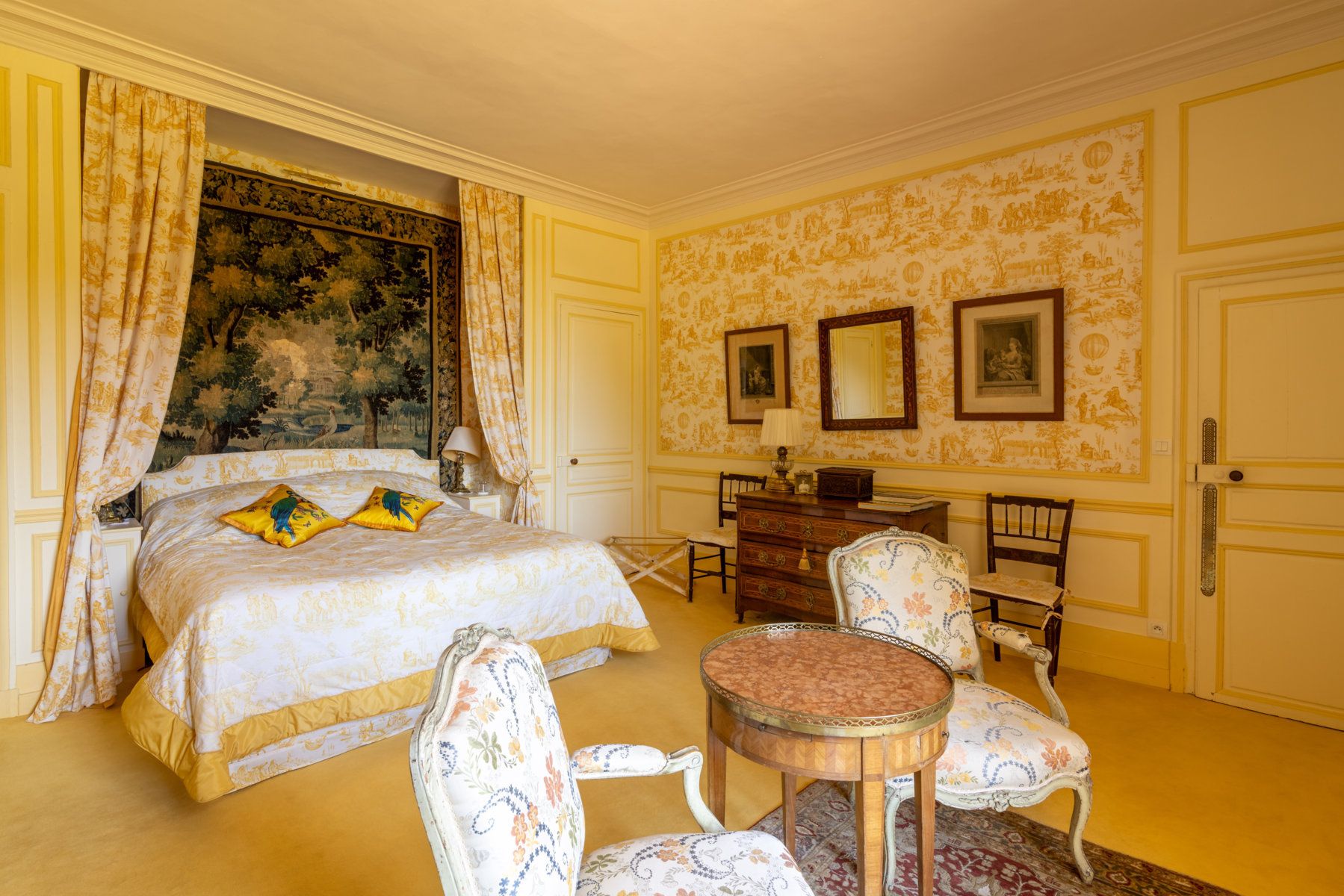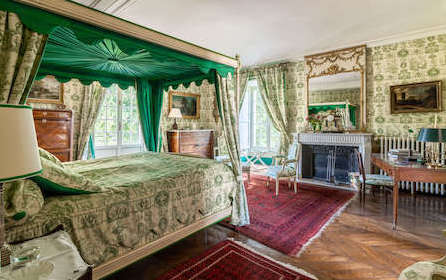THE ARCHITECTURE OF THE CHÂTEAU REFLECTS VARIOUS PERIODS OF CONSTRUCTION, SUMMARIZING THE HISTORY OF THIS ESTATE, FROM A MODEST XIVTH TO XVITH CENTURY FORTIFIED MANOR TO THE MORE SIZEABLE AND ELEGANT CHÂTEAU AS IT APPEARS TODAY
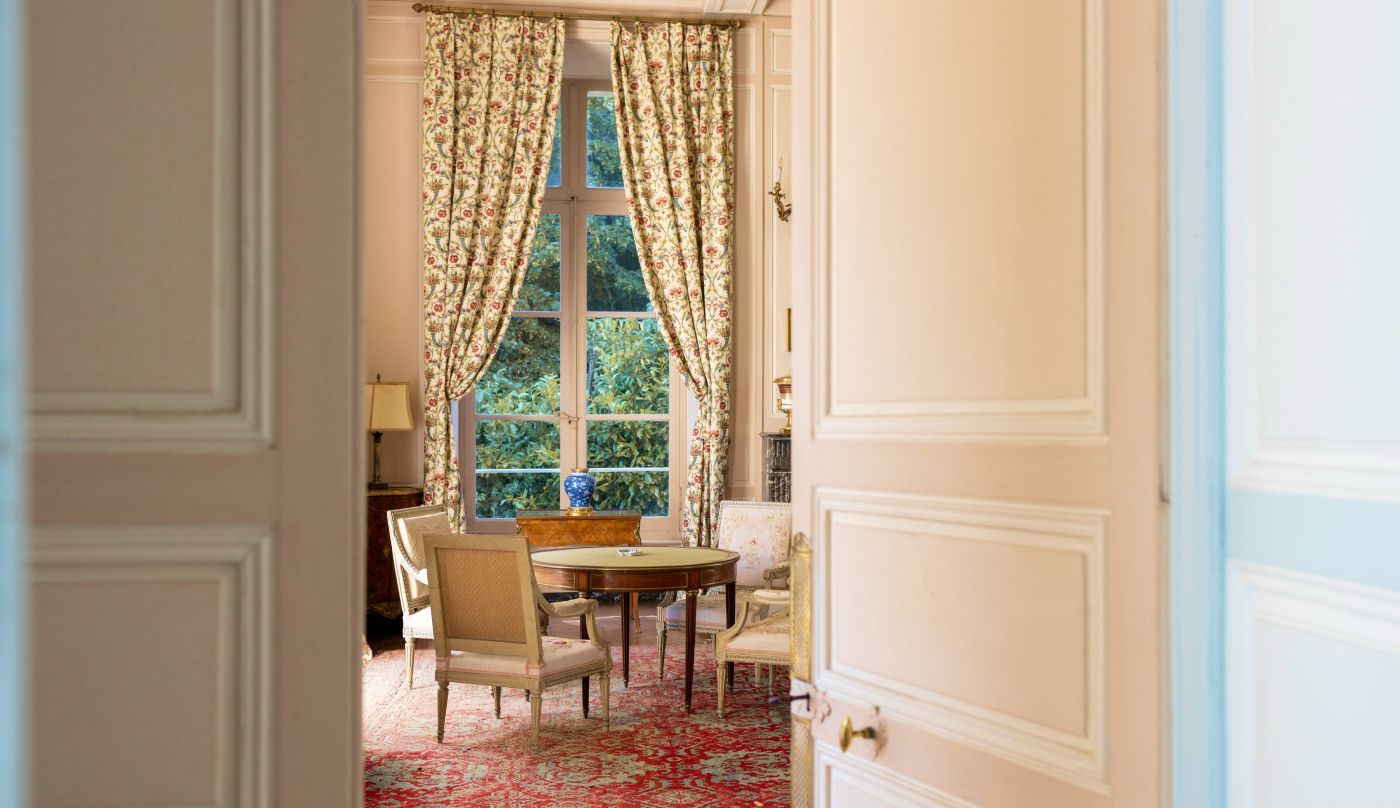
In 1404, a Jean de Vanssay married the daughter of the owners of Château de la Barre, which is still owned by his descendants today.
The oldest rooms in the château, with a monumental fireplace dating 1353, and an in-house well, bear witness to the stark period of the 100 years war.
In the XVIth century, with the venue of the Renaissance, embellishments were added to the staircase tower. At the end of the XVIth century, Marin de Vanssay, who had married the grand-daughter of the builders of Chenonceau castle, enlarged and heavily fortified his manor house, adding a draw-bridge, defense towers, a large chapel and a gallery, all overlooking steep dry moat walls. Some of these fortification walls still remain today.
In the late XVIIth century, all the windows of the West Renaissance wing were enlarged to let in the light, and the inside was completely redecorated inside in 1779.
During the French revolution, the Château remained in the family, the Marquis de Vanssay being asked by the village people to be the head of the Republican guard.
His son, the Vth Marquis, served as a prefect under Napoleon, as well as under Louis XVIIIth and Charles X. And his grandson was the private secretary to Henri V, Count de Chambord.
During the first world war, the château served as a hospital for the wounded..

Our History
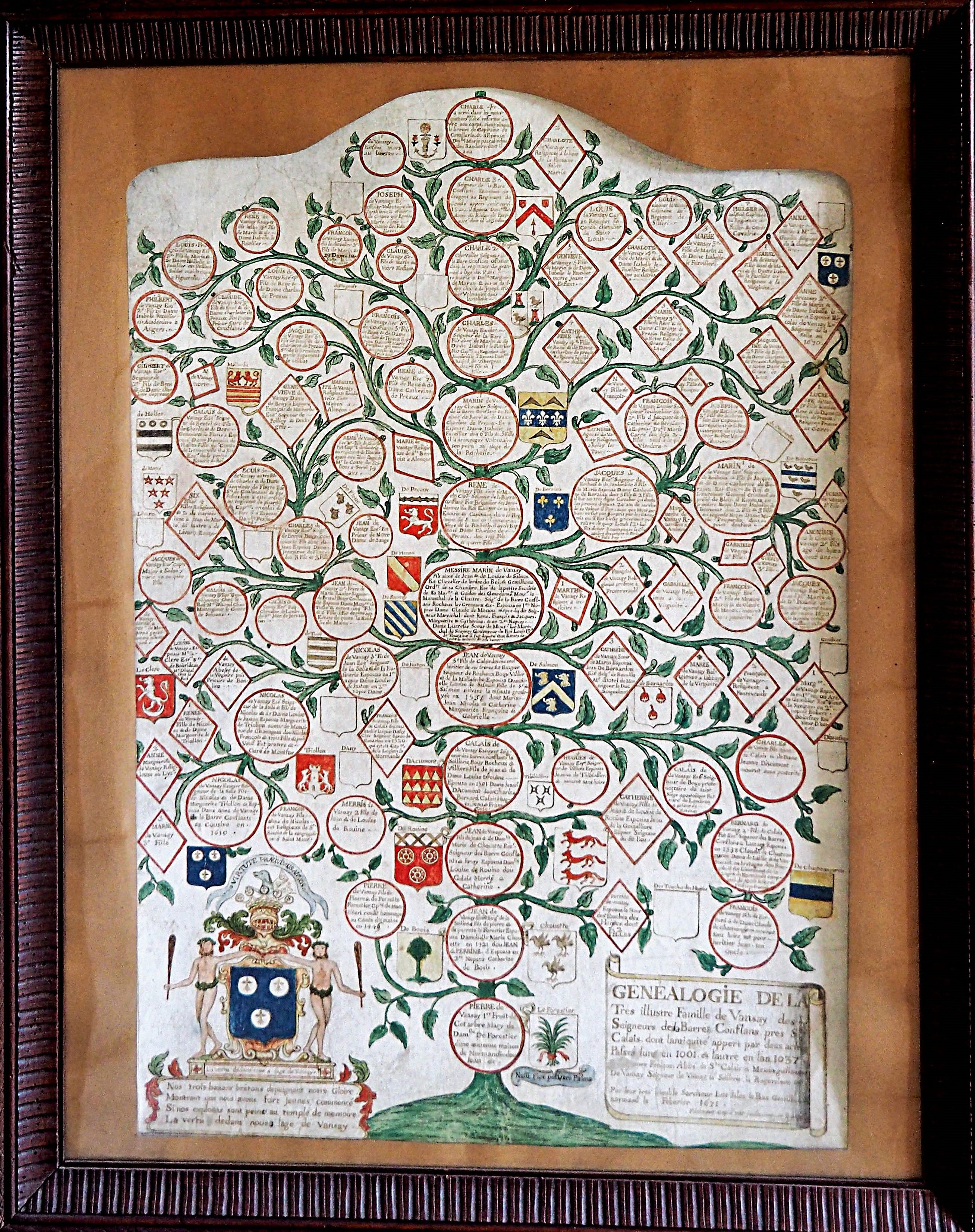
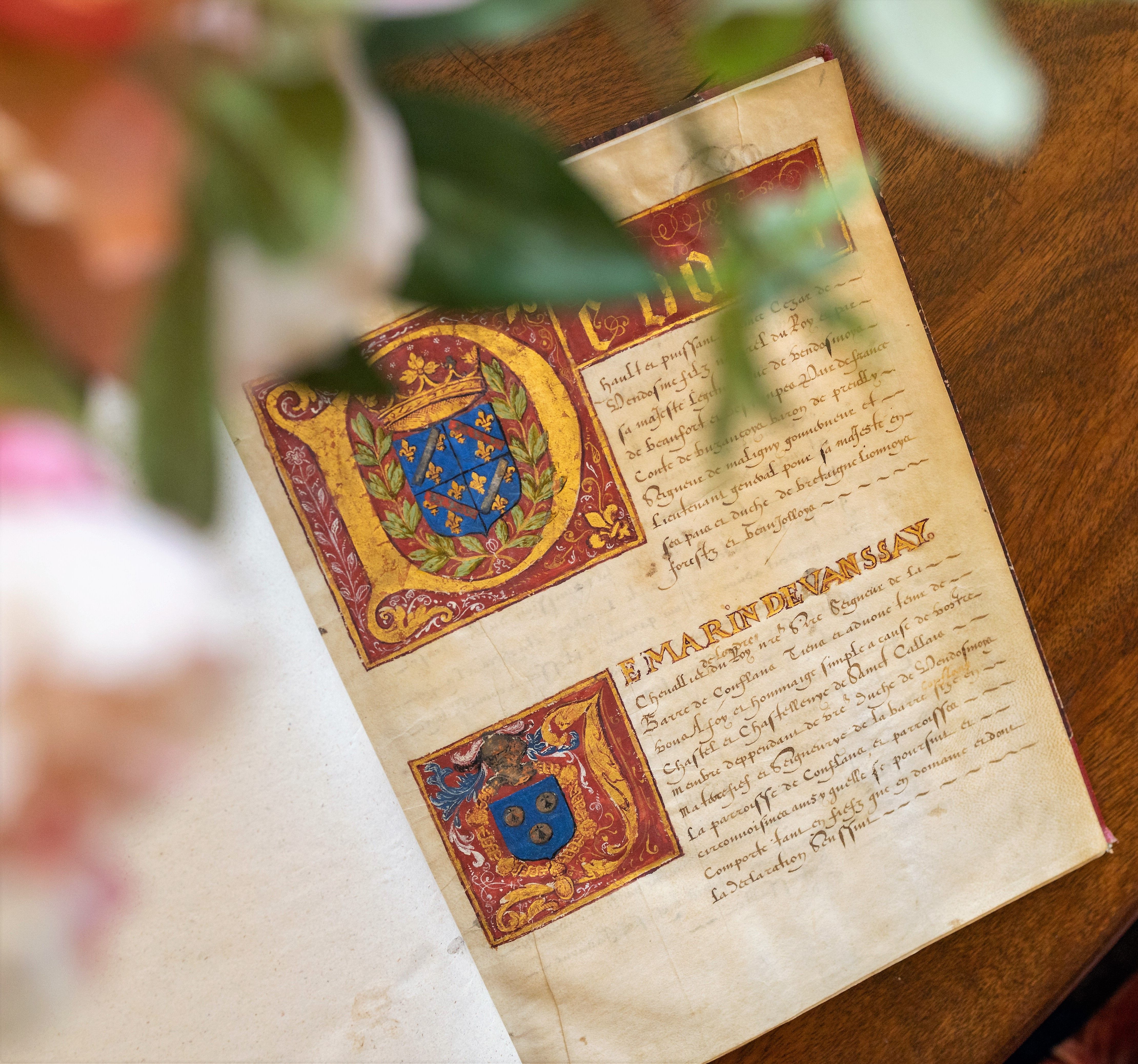
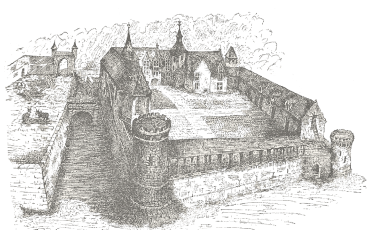
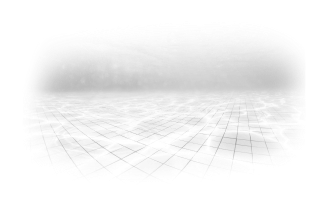
Come April, the large, heated, South facing swimming pool, 15 x 5 m opens up! Enjoy the sweeping panoramic view over the garden and park as you swim. The lounge chairs, set against the West facing XVIth century fortification walls, are ideally positioned to soak up the sun, or withdraw East side to the shade of the plane trees.
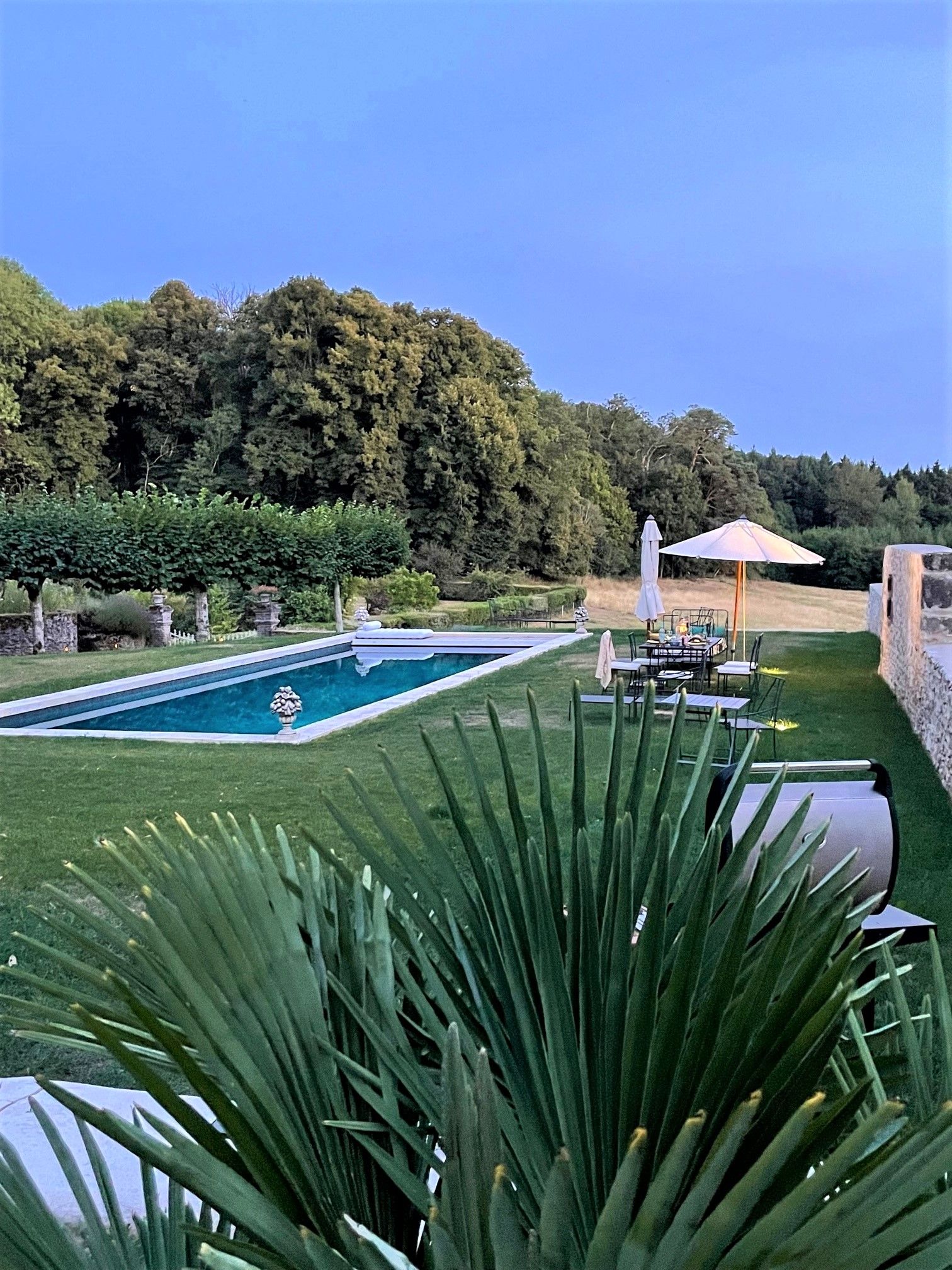
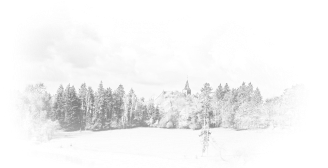
Château de la Barre lies nestled within a 100 acre park of totally preserved nature. A long drive bordered by apple trees with fields of sheep grazing, leads downhill to the château fortifications and the stunning ochre façade of the château, overlooking the fragrant floral garden, and further, meadows, a pond, a stream and woods. A romantic setting for a quiet walk or just relax on one of the four benches hidden among the trees and flowers of the garden.
